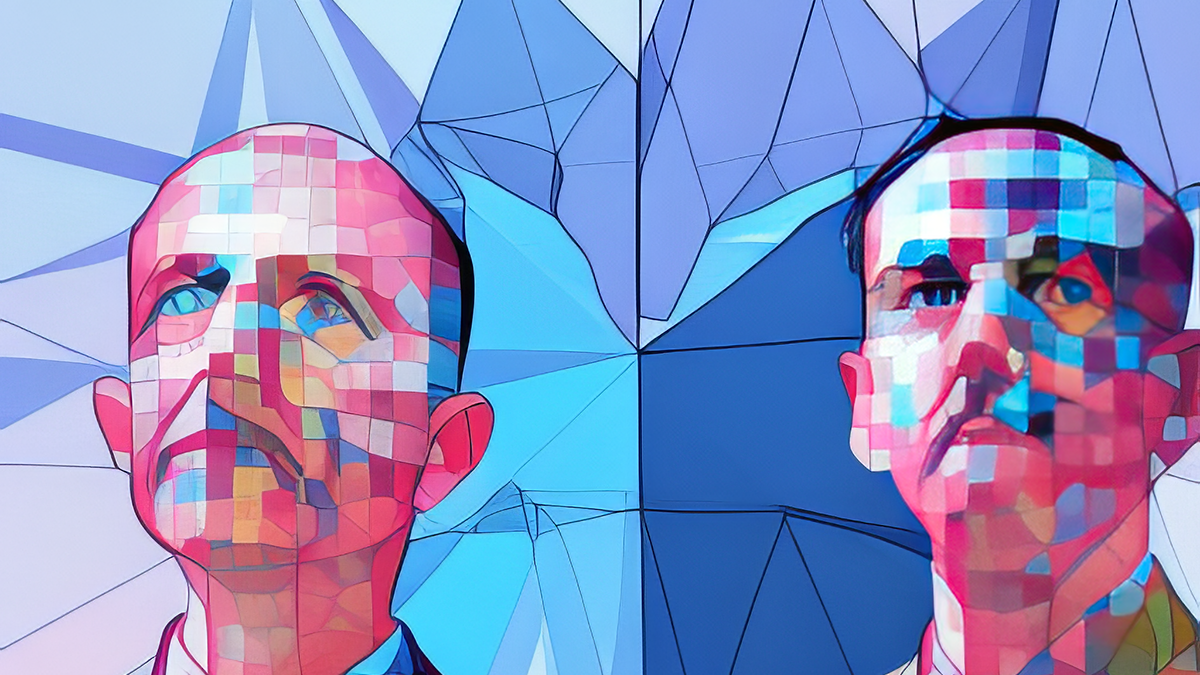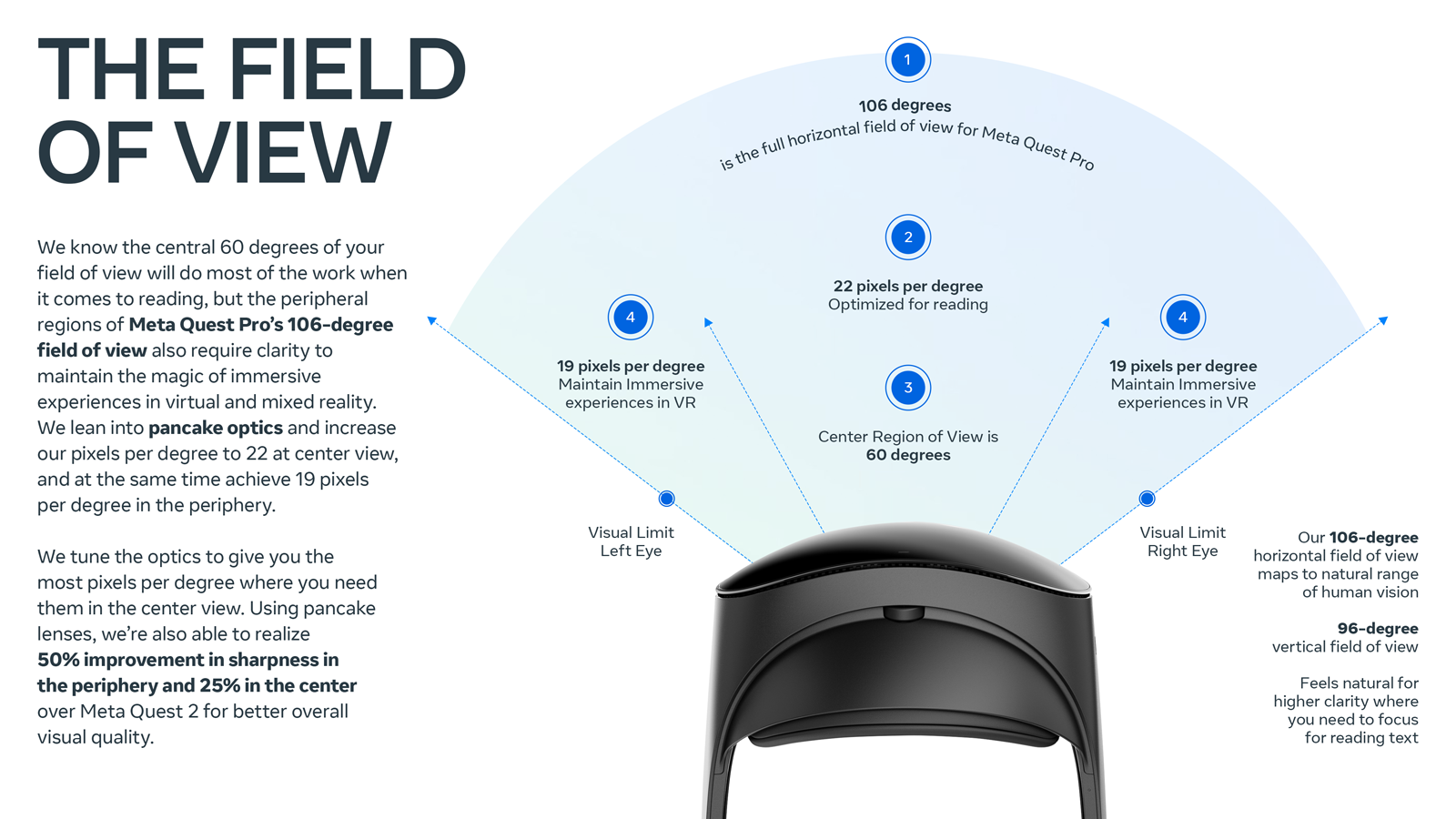The Relationship Between Image Quality and the VR Experience
- 6 minutes read - 1079 words
Table of Contents
A critical factor in the quality of a mixed-reality experience is the image quality of the virtual objects and the environment. High-resolution displays and accurate tracking can create a more immersive and realistic experience. However, if the virtual objects do not appear real or are too low quality, it can break the sense of immersion and make the experience less enjoyable.
Uncanny Valley Effect
The uncanny valley is a phenomenon where the viewer’s impression of it gets less comfortable as a robot or virtual entity grows more human-like in look and movement.
This may occur when the appearance or movement of the virtual creature is nearly, but not quite, indistinguishable from a natural person.
This may induce a sensation of eeriness or uneasiness in the spectator and can be a problem for designers of mixed reality experiences to overcome.
Implicit Standards
Individuals typically have comparable expectations and criteria regarding visual quality in mixed reality events. High-resolution screens and precise tracking are crucial to producing a realistic and immersive experience. Additionally, the virtual items and surroundings should be well-lit and detailed, with natural materials and textures. The virtual items should also move and react plausibly, respecting the rules of physics and avoiding the uncanny valley effect.
It’s also crucial to consider the user’s field of vision and the degree of information apparent at various distances. In mixed reality experiences, the virtual items may be seen from different distances and perspectives. Thus it’s crucial to guarantee that they seem realistic and are of good quality at all times.
Overall, visual quality is crucial in making an excellent mixed reality experience, as it helps to generate a feeling of immersion and realism for the user.
Challenges moving from 2D to 3D
We traditionally think about 2D displays, like mobile phones and TVs. But VR is vastly different from these other consumer devices.
Instead of looking at a large screen at a farther distance, VR users are looking at a smaller screen. Much closer to their eyes and magnified by a set of lenses within an optical stack. It’s like looking at a TV through a camera lens—what you’ll see isn’t just determined by the screen’s resolution and the lens’s optical properties, like magnification and sharpness.
Also, unlike TVs and mobile phones, the display follows you as you move your head—and because it’s so close to your eyes, which can gaze across an extensive range. The optics must provide consistent performance across those viewing angles to provide quality.
Better clarity of VR objects
Using pancake lenses, for example “Meta Quest” can also realize a 50% improvement in sharpness in the periphery and 25% in the center over Meta Quest 2 for better visual quality.
„Meta Quest’s“ optics advancements produce visible results of virtual objects:
- better text readability
- sharper lines
- brighter colors
- improved clarity
Seeing is believing
Both sound and haptics play an essential role, but for most people, the visuals seal the deal. And beautifully rendered low-poly art can be just as breathtaking as a hyper-realistic environment.
There’s nothing quite like being fully enveloped in a visually stunning virtual world, whether steeped in realism, completely abstracted, or somewhere in between.
Virtual Reality is still an emerging technology, and there isn’t a lot of shared understanding of what goes into creating a consistent experience. A visual experience and complex technologies must combine to produce what you see inside the headset.
There’s also some inconsistency across the industry in how visual quality in VR is defined today. Meta Quest knows the central 60 degrees of your field of view will do most of the work regarding reading.
The 106-degree field of Meta Quest Pro’s view , require clarity to maintain the immersive experiences in virtual and mixed reality.
Leaning into pancake optics and increase pixels per degree to 22 at the center view and, at the same time, achieve 19 pixels per degree in the periphery. “Meta Quest” tune the optics to give you the most pixels per degree where you need them in the center view.
Improved Quality
Going beyond just observing the physical world to allow mixing with virtual world interactions, the magic of Meta Reality comes to life. “Meta Quest” adds all our layers of innovation in mixed reality, beginning with mapping a scene in 3D.
Therefore, it makes sense to apply physics principles to virtual things in our MR experiences. This is made possible by depth perception and stereoscopic vision.
A mixed reality experience brings the virtual and the real worlds together, and the user can engage effectively. The system can analyze the surroundings and generate a seamless experience. A seamless mix of the virtual and the real worlds thanks to 3D mapping and stereoscopic vision technologies.
This sort of experience is made possible by these technologies. In these types of encounters, having the capacity to apply the laws of physics to virtual things might improve one’s feeling of immersion and provide the impression that the experience is more genuine.
For example, space aliens can crawl on the ceiling in your living room. Bounce a VR ball off a wall, or change the furniture to redesign your space if you want.
The potential of virtual interactions within a physical space brings mixed reality to the forefront as the next computing platform.
Conclusions
When it comes to Virtual Reality, seeing is believing.
Instead of looking at a large screen at a farther distance, VR users are looking at a smaller screen, much closer to their eyes and magnified by a set of lenses within an optical stack.
Better text readability, sharper lines, brighter colors, and overall improved clarity of VR objects.
The potential of virtual interactions within a physical space brings mixed reality to the forefront as the next computing platform.



 (
(